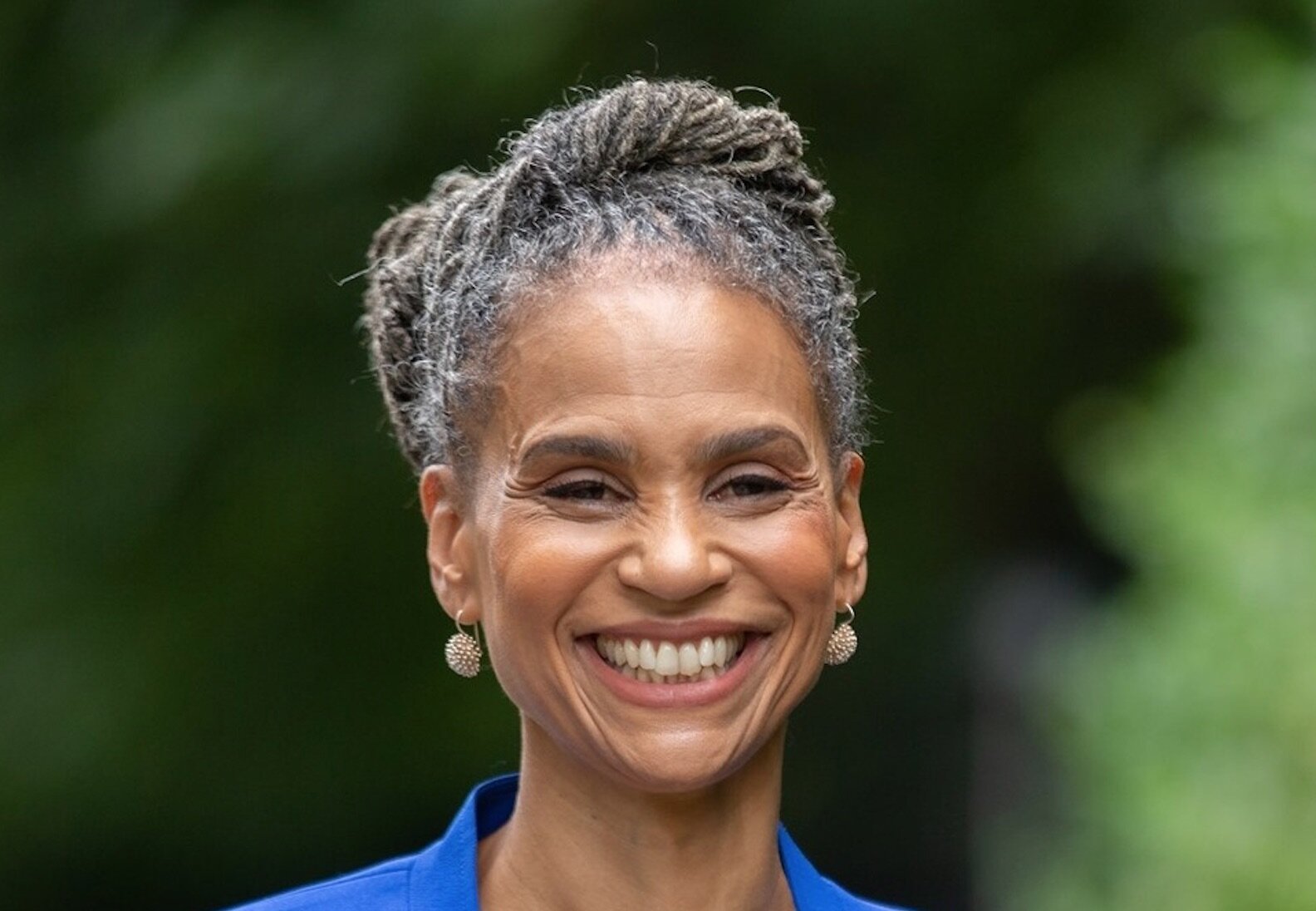Mayoral candidate Maya Wiley outlines community investment plan to stop gun violence
/Mayoral candidate Maya Wiley. Photo via campaign/Facebook
By David Brand
Mayoral candidate Maya Wiley released a detailed plan for tackling gun violence in New York City on Tuesday, focusing on access to employment, education and mental health treatment for Black and Latino New Yorkers in low-income neighborhoods.
The proposal would specifically expand summer youth employment, stock schools with counselors, increase access to therapy and prioritize the teens and young adults most at risk of gun violence for placements in existing jobs and education programs. Wiley has also proposed an $18 million “participatory justice fund” that would allocate money to effective programs working in communities with the most shootings.
Gun violence does not exist in a vacuum, she told the Eagle Tuesday. The conditions created by the COVID-19 pandemic and government disinvestment foster stress and trauma that lead to shootings, she said.
“The harder we make living for folks, the more violence and gun violence goes up,” she said. “It’s extremely stressful when you’re facing eviction, historic levels of hunger.”
Communities of color with the highest rates of gun violence also have among the highest rates of poverty and coronavirus deaths, she noted.
“We know how grounded the pain has been from COVID, so we shouldn’t be so surprised that with this type of humanitarian crisis, we see it manifest in violent ways,” she said.
“We must recognize gun violence for what it is, a public health crisis built on the failure to address racial inequity,” she added.
Wiley said she would fund “violence interrupters” and credible messengers — people whose lived experiences have brought them in contact with violence and the criminal justice system. She specifically cited Jamaica’s LIFE Camp and talked about expanding programs in the Queensbridge Houses, including 696 Build.
Wiley said the city could pay for the proposals by redirecting money from the NYPD, the Department of Correction and prosecutors’ offices; through reductions in public hospital shooting treatment costs; and by tapping funds from asset forfeiture.
“It’s all on the table,” she said. “What we have to do is look at putting the public in public safety.”




